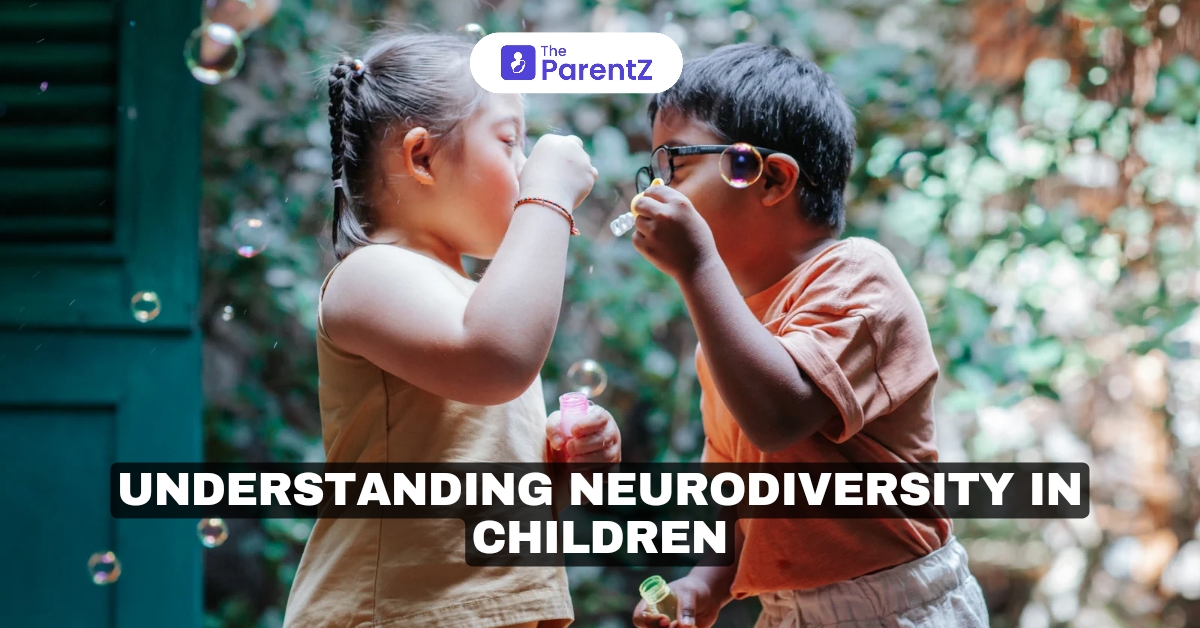Neurodiversity refers to the idea that neurological differences, such as autism, ADHD, dyslexia, and other conditions, are natural variations of the human brain rather than deficits. This concept challenges the traditional view that these differences need to be “fixed” or cured. Understanding neurodiversity in children is crucial for creating inclusive environments where every child can thrive. As parents, educators, and society at large, embracing neurodiversity means recognizing the strengths and challenges of each child and providing the support they need to succeed.
The Spectrum of Neurodiversity
Neurodiversity encompasses a wide range of neurological conditions, each with its unique characteristics:
- Autism Spectrum Disorder (ASD): Autism is characterized by differences in social interaction, communication, and repetitive behaviors. Children with autism may have sensory sensitivities and may excel in areas such as pattern recognition and attention to detail.
- Attention Deficit Hyperactivity Disorder (ADHD): ADHD involves challenges with attention, hyperactivity, and impulsivity. However, children with ADHD often display high levels of creativity, energy, and problem-solving skills.
- Dyslexia: Dyslexia affects reading and language processing, but many children with dyslexia have strong analytical thinking skills and excel in areas like art, design, and mathematics.
- Dyspraxia: Dyspraxia, also known as Developmental Coordination Disorder (DCD), affects motor skills and coordination. Children with dyspraxia may struggle with tasks that require fine motor skills but often show strength in creative thinking and empathy.
The Benefits of Embracing Neurodiversity
Understanding and embracing neurodiversity offers numerous benefits:
- Promotes Inclusivity: When we accept neurodiversity, we create environments where all children feel valued and included. This fosters a sense of belonging and reduces the stigma associated with neurological differences.
- Enhances Creativity and Innovation: Neurodiverse individuals often bring unique perspectives and problem-solving abilities. By embracing these differences, society can benefit from diverse approaches to innovation and creativity.
- Supports Mental Health: Recognizing and accommodating neurodiversity can reduce the stress and anxiety that neurodiverse children may experience when trying to conform to traditional expectations. This support can significantly improve their mental health and overall well-being.
Strategies for Supporting Neurodiverse Children
- Education and Awareness: Parents, teachers, and caregivers must educate themselves about neurodiversity. Understanding the specific needs and strengths of neurodiverse children helps in providing appropriate support and interventions.
- Individualized Support Plans: Every neurodiverse child is unique, and so are their needs. Developing individualized support plans that cater to their specific strengths and challenges is essential. This may involve working with specialists such as occupational therapists, speech therapists, or educational psychologists.
- Flexible Learning Environments: Traditional classroom settings may not always be conducive to neurodiverse learners. Implementing flexible learning environments, such as sensory-friendly spaces or alternative teaching methods, can help these children succeed academically.
- Encouraging Strengths and Interests: Focus on the strengths and interests of neurodiverse children. Encouraging their passions, whether in art, technology, science, or other areas, can boost their confidence and help them develop valuable skills.
- Building Social Skills: Social interactions can be challenging for some neurodiverse children. Providing opportunities for them to practice social skills in a supportive environment can enhance their ability to connect with others.
- Advocacy and Empowerment: Parents and caregivers should advocate for the rights of neurodiverse children in educational and social settings. Empowering these children to understand and embrace their neurodiversity is also crucial for their self-esteem and identity.
Conclusion
Understanding neurodiversity in children is a vital step towards creating a more inclusive and compassionate society. By recognizing the unique strengths and challenges of neurodiverse individuals, we can provide the support they need to thrive. Embracing neurodiversity not only benefits the children themselves but also enriches our communities by fostering creativity, innovation, and empathy.









Be the first one to comment on this story.